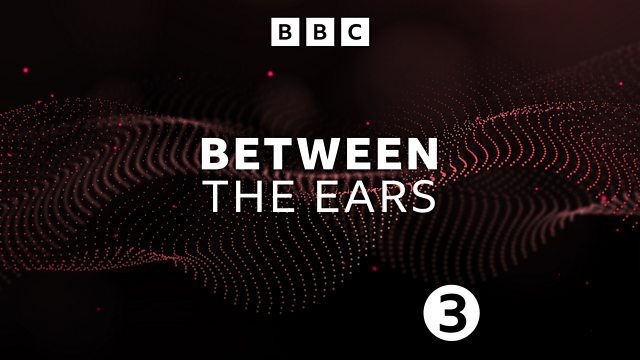Odes to Joy
Beethoven's Ode to Joy is 200 years old - how have politicians, protesters, advertisers and comedians made use of one of Classical Music's most iconic melodies?
Beethoven's Ninth Symphony was performed for the first time in Vienna on the 7 May, 1824. There's a sense in which that premiere, in the Theater am Kärntnertor at the heart of the Austro-Hungarian Empire, was the moment when two distinct reception histories began: that of an epic orchestral piece which ends with a choral setting of An die Freude, a work that has become a cornerstone of the so-called canon of Western Classical music; and the history of a simple theme, the Ode to Joy, a catchy tune, eminently whistleable, that has since had a life of its own, travelling far and wide across 200 years to the present day.
Political leaders (from centre, the left and the right), grassroots protest movements, institutions, nations, car brands, comedians, broadcasters - all have found something in the Ode to Joy that has come to serve their aims or projects. Detached from its original context (as the finale of a symphony), Beethoven’s melody carries its various meanings and associations (freedom, brotherhood, sophistication, power, heroic struggle) into the new contexts in which it’s heard. The resulting emotions - inspiration, euphoria, amusement, horror - might well depend on your point of view.
Marking the bicentenary, this radiophonic exploration brings together fragments and scenes from the Βι¶ΉΤΌΕΔ archives with new reflections from Professors Esteban Buch, Robert Fink, Lydia Goehr, Peter HΓ¶yng and Naomi Waltham-Smith together with orchestral and opera conductor Naomi Woo.
Produced by Phil Smith
Sound mix by Mike Woolley
A Reduced Listening production for Βι¶ΉΤΌΕΔ Radio 3
Last on
More episodes
Previous
Broadcast
- Sun 5 May 2024 19:15Βι¶ΉΤΌΕΔ Radio 3
Binaural sound
What is it and why does it matter?
Podcast
-
![]()
Between the Ears
Innovative and thought-provoking features on a wide variety of subjects


